6 Ways to Fix Lens Flare Issue on iPhones - 2023
Lens flare can completely ruin your pictures, here are 6 ways to diminish lens flares on iPhones.
To fix a lens flare issue on iPhone you can:
- Enable the flash on your camera app
- Move away from the light source, or try another angle
- Use a lens hood to avoid light to reflect on your iPhone camera
- Clean your camera glass
- Remove your iPhone camera lens protector
- Remove it afterward using a photo editing software
A lens flare is a light trail, or a green orb, appearing on your pictures that should not be there. It’s due to the light reflecting on the camera glass, the light source can be on the field of view but can also be on the side, outside of the field.
Lens flares issue is not something new on iPhones, it has always been an issue on not only iPhones, but also other smartphone and camera. If Apple had improved the iPhones camera to better handle lens flares issues, some other phones still handle it better than iPhones.
It’s still hapenning a lot on my iPhone 13, and I know friends who even have the same issue on their iPhone 14 Pro Max.
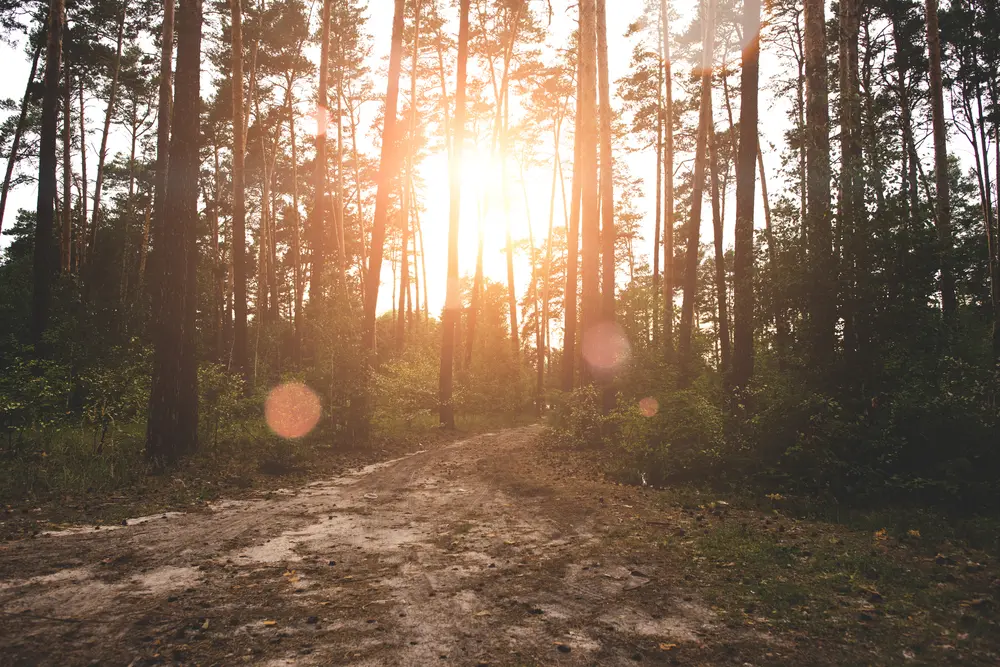
Turn on the Flash
When you have a lens flare issue on your iPhone, it often means that you are trying to take a picture in low light conditions, such as during the night. Due to low-light conditions, your iPhone needs to use specific parameters for the picture quality to get good enough.
But these parameters set in low light also made the camera more likely to be affected by a lens flare issue. Any light source adds a risk to see a lens flare on your pictures.
To fix this issue; you can turn on the flash while taking pictures in low light. Your iPhone will be able to use better parameters for your photo, and therefore the lens flare issue will decrease. You will still notice it, but it will be way less disturbing than without the flash.
Unfortunately, turning on the flash will also change how the photo will look like. If it’s very useful to take portraits of your friends at night, or when you are partying, it can change how objects and landscapes will look. I don’t like how the landscapes I shot in the night look when the flash is on.
Hide from the light source
The best way to avoid a lens flare issue caused by a light source is to hide from the light source. It sounds obvious and easy, but we do not always think about it, and it can be harder than it sounds to hide from the light source, without impacting the quality of the photo taken.
Sometimes, a small side step can make a huge difference and completely remove the lens flare. Try to think about it the next time you are taking a picture, look around to see if there could be a better place to take the picture from.
Try different angles, hiding is not the only solution, you can also change where is the light source on your picture. Lens flares are usually produced by a light source located at the side of the picture you are taking.
Use a lens hood
Every professional photographer uses a lens hood on their cameras, and that’s precisely to avoid any lens flare on the picture they take. A lens hood allows light reflection on the lens glass, caused by a light source out of the field of view.
When you are using your iPhone, you can try to put your hand or any other objects to block a reflection on your iPhone camera. Small objects can also be used for this.
But the best way is to buy a lens hood made for iPhones. They are plenty available, and all of them are doing the same job. The only difference is how the lens hood is attached to the phone. I personally use this lens hood for iPhones that I got on Amazon.
Lens hoods are also very good to take pictures through a glass without having light reflection on the picture.
Clean your iPhone camera
Lens flare issues are more likely to appear if your iPhone camera is not clean. As lens flare is appearing due to the light reflecting on your iPhone camera, if the glass is dirty and greasy, the light is more likely to reflect on it, therefore producing a lens flare.
By cleaning your iPhone camera, you can heavily diminish the lens flare effect. And I bet you never clean your iPhone camera, nobody does.
To clean it without damaging or adding any scratches to the glass, it’s important to use the correct tools. A microfiber will make the job most of the time, it will clean your iPhone lens without adding any scratches or removing the protective layer added to the glass.
If your camera is very dirty, consider using a screen cleaner spray, which won’t damage any part of your iPhone. Here is the perfect kit to clean your iPhone camera properly.
Remove your Camera lens protector
Camera lens protector can amplify or even create a lens flare issue. Lens flare are due to light reflections on glass, and a camera lens protector add a glass or at least a transparent protective layer to the camera.
This added layer is often not as good as the camera glass on your iPhones, and therefore light will reflect much more on a lens protector. Removing it can fix or at leat reduce a lens flare issue.
Remove the lens flare afterward
The last solution to fix a lens flare issue, is to remove it on a editing software after you taken the photo. It does require some skills in photo editing, but editing software are powerful tool that will allow you to remove anything on your picture, including lens flare.
I’m not an expert in photo editing yet, but I know that Adobe Photoshop has the needed toolset to remove a lens flare on pictures. I’m sure the best Gimp users will also manage to remove them.
Using an iPhone Pro will make the process easier, as you will be able to save your photos in RAW, it means that all the data your iPhone camera gathered while taking the photo will be available, and therefore usable in the editing software.
In comparison, using JPG will remove some of the data, in order to compress the file. As a result, it’s a bit more complicated to edit JPEG pictures, but it allows you to save a lot of space.
If you liked this post about fixing lens flare issue, you might want to see how to fix a green dot appearing issue when unlocking your iPhone.

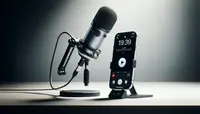
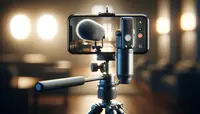
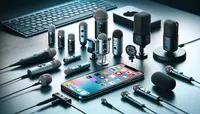

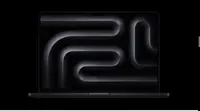
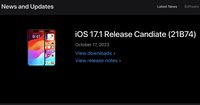
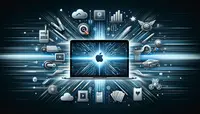
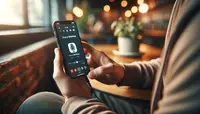
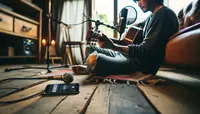
Post your comment